The koala, often dubbed the "sleepyhead of the animal kingdom," has long fascinated biologists and animal lovers alike. With its fluffy ears and perpetually drowsy expression, this marsupial spends up to 20 hours a day snoozing in the crooks of eucalyptus trees. But why do koalas sleep so much? The answer lies in their unique diet, slow metabolism, and evolutionary adaptations to conserve energy in a nutrient-scarce environment.
The Eucalyptus Conundrum
Koalas are dietary specialists, feeding almost exclusively on eucalyptus leaves. While these leaves are abundant in their native Australian habitats, they are also notoriously low in nutritional value and high in fibrous material. To make matters worse, eucalyptus leaves contain toxic compounds that deter most herbivores. Koalas have evolved specialized gut bacteria to break down these toxins, but the digestion process is incredibly slow and energy-intensive. Sleeping for extended periods allows their bodies to focus on metabolizing this tough foliage without expending energy on unnecessary movement.
Unlike grazing animals that consume large quantities of easily digestible plants, koalas must carefully select which leaves to eat. They prefer younger leaves at the tips of branches, which contain slightly more protein and fewer toxins. Even so, their digestive systems can take up to 100 hours to process a single meal. This sluggish digestion explains why koalas move so little between feeding sessions—they're essentially waiting for their stomachs to catch up.
Metabolic Slowdown
Marsupials generally have lower metabolic rates than placental mammals, but koalas take this to extremes. Their resting metabolic rate is about 50% slower than what would be typical for a mammal of their size. This energy-saving adaptation helps them survive on their meager diet but comes at the cost of constant lethargy. During cold weather, koalas may enter short periods of torpor—a temporary reduction in metabolic activity—to conserve even more energy when temperatures drop.
The koala's brain structure reflects this slow-paced lifestyle. Relative to body size, koalas have some of the smallest brains among mammals. Scientists believe this reduction in brain tissue—particularly in areas associated with complex cognition—helps conserve energy. While koalas may not win any intelligence contests, their neural adaptations perfectly suit their sedentary, leaf-munching existence.
Heat Regulation Challenges
Australia's climate presents another reason for koala siestas. Unlike many mammals, koalas don't pant or sweat effectively to cool down. On hot days, they retreat to the shadiest parts of trees and become completely inactive to avoid overheating. Their thick fur, while excellent for insulation during cool nights, becomes a liability in the scorching afternoon sun. By minimizing movement during peak temperatures, koalas reduce internal heat production and prevent dangerous dehydration.
Interestingly, koalas sometimes hug tree trunks to stay cool. Researchers using thermal imaging have discovered that tree trunks can be several degrees cooler than the surrounding air temperature. By pressing their bodies against these natural heat sinks, koalas transfer excess body heat to the tree—a clever thermoregulation strategy that complements their sleep-heavy routine.
Sleep as an Evolutionary Advantage
Far from being lazy, koalas' sleep habits represent an ingenious survival strategy. In an environment where nutritious food is scarce and full of chemical defenses, minimizing energy expenditure becomes crucial. While other marsupials like wallabies must constantly forage and remain vigilant against predators, koalas face fewer threats once they reach adulthood. Their strong claws and high perch in eucalyptus trees protect them from most ground predators, allowing them to safely doze the day away.
This lifestyle comes with tradeoffs. Koalas reproduce slowly, with females typically bearing just one joey per year. Their limited mobility makes them vulnerable to habitat fragmentation—a growing concern as urban development encroaches on eucalyptus forests. Climate change poses additional threats, as rising temperatures and more frequent heatwaves test the limits of their heat-regulation abilities.
Conservation Implications
Understanding koala sleep patterns has important conservation implications. Wildlife rehabilitators caring for injured koalas must provide quiet, tree-like structures where the animals can rest undisturbed. Zoos designing koala enclosures incorporate vertical space and multiple resting platforms to accommodate their arboreal sleeping habits. Even small disturbances that prevent koalas from getting their usual 18-20 hours of sleep can lead to stress and health problems over time.
Recent research using accelerometers—small devices that track movement—has helped scientists monitor koala activity patterns in the wild. These studies confirm that koalas in undisturbed habitats maintain remarkably consistent sleep schedules, while those in areas with human activity often show disrupted rest patterns. Such findings highlight the importance of preserving large, connected tracts of eucalyptus forest where koalas can maintain their natural behaviors.
The koala's sleepy disposition, once viewed as simple laziness, is now recognized as a marvel of evolutionary adaptation. Every aspect of their biology—from their specialized gut microbes to their energy-efficient brains—works in harmony to support a lifestyle centered around rest. As climate change and habitat loss threaten Australia's iconic marsupials, understanding these adaptations becomes increasingly urgent. The koala's survival may depend on our ability to protect not just the trees they live in, but the peaceful conditions they need to sleep.

By /Aug 4, 2025
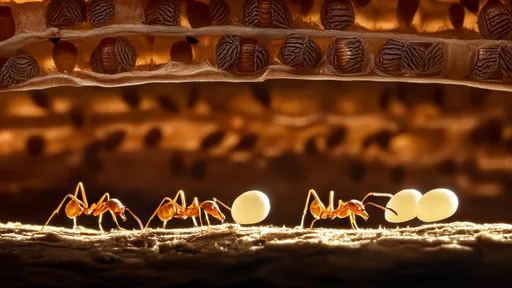
By /Aug 4, 2025

By /Aug 4, 2025

By /Aug 4, 2025

By /Aug 4, 2025

By /Aug 4, 2025
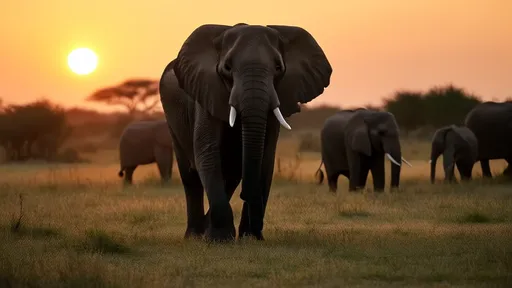
By /Aug 4, 2025
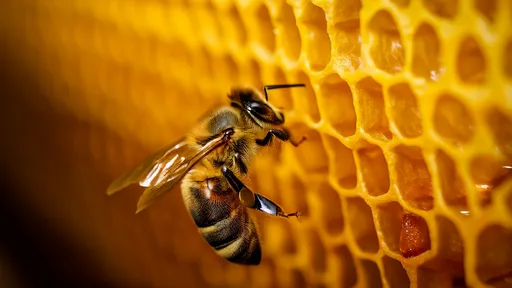
By /Aug 4, 2025

By /Aug 4, 2025

By /Aug 4, 2025

By /Aug 1, 2025

By /Aug 1, 2025

By /Aug 1, 2025
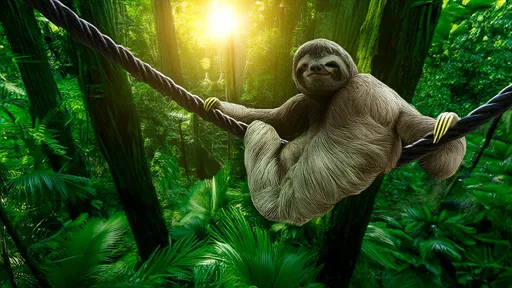
By /Aug 1, 2025
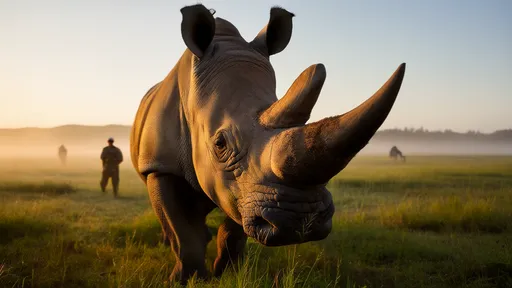
By /Aug 1, 2025

By /Aug 1, 2025

By /Aug 1, 2025
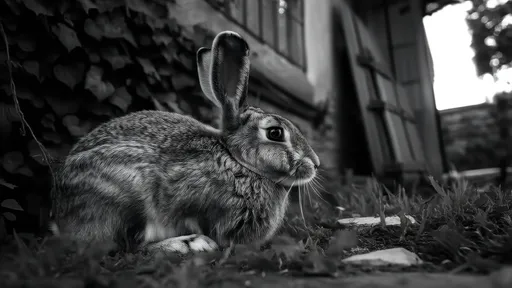
By /Aug 1, 2025

By /Aug 1, 2025

By /Aug 1, 2025